Swimming Pool Rope Lane 1 Meter
A swimming pool rope lane, also known as a lane line or racing lane, is a fundamental piece of equipment used to divide swimming lanes in competitive pools, public pools, and training facilities. It serves multiple purposes, including maintaining swimmer direction, reducing turbulence, and enhancing overall swimming efficiency. In this comprehensive description, we will explore what a swimming pool rope lane is, its components and construction, benefits and functions, considerations for choosing and installing lane lines, and its importance in providing a structured and safe swimming environment.
Understanding Swimming Pool Rope Lane
Definition and Purpose: A swimming pool rope lane is a series of buoyant ropes or lines suspended across the width of a swimming pool to delineate individual lanes for swimmers. These lane lines create distinct swimming areas, allowing multiple swimmers to train or compete simultaneously without interference. They serve as visual guides and physical barriers that help swimmers stay within their designated lanes and maintain proper swimming technique.
Components and Construction: Swimming pool rope lanes typically consist of the following components:
- Floats or Buoys: These are cylindrical floats made from buoyant materials such as foam or plastic. They are attached to the lane line ropes at regular intervals to keep the lines afloat and properly tensioned across the pool.
- Lane Line Ropes: These are long, flexible ropes usually made from polypropylene or similar materials. Lane line ropes are threaded through the floats to form a continuous line that stretches across the width of the pool.
- Tensioning Devices: At each end of the pool, tensioning devices such as ratchets or springs are used to secure the lane lines and maintain proper tension. This ensures that the lane lines remain straight and taut, minimizing sagging or slack.
Benefits and Functions of Swimming Pool Rope Lane
Directional Guidance: Lane lines provide clear visual markers that help swimmers maintain straight swimming paths and prevent drifting into adjacent lanes during training or competition.
Reduced Turbulence: By absorbing and dissipating wave energy, lane lines reduce turbulence caused by swimmer movement, thereby creating calmer water conditions that benefit all swimmers in the pool.
Swimming Efficiency: Lane lines promote efficient swimming by minimizing water resistance and allowing swimmers to focus on their strokes without distractions or interruptions from neighboring swimmers.
Safety: Lane lines act as physical barriers that help prevent collisions between swimmers and provide a structured environment that enhances overall pool safety during busy swim sessions.
Considerations for Choosing and Installing Lane Lines
Pool Size and Design: Select lane lines that are appropriate for the dimensions and layout of your pool. Consider factors such as pool width, depth, and the number of lanes required for competitive or recreational swimming.
Materials and Durability: Choose lane lines made from durable materials that can withstand prolonged exposure to chlorine and UV rays without fading or deteriorating. High-quality polypropylene ropes and buoyant floats are preferred for their longevity and resistance to pool chemicals.
Color and Visibility: Opt for lane lines that offer high visibility underwater, with contrasting colors or markings that are easily discernible to swimmers during training or races.
Installation: Proper installation of lane lines is crucial for their effectiveness and longevity. Ensure that tensioning devices are securely anchored to pool walls or deck anchors to maintain consistent tension across all lane lines.
Maintenance: Regularly inspect lane lines for signs of wear, such as fraying ropes or damaged floats. Clean lane lines periodically to remove dirt, oils, and chlorine residue that can affect buoyancy and appearance.
Importance in Providing a Structured Swimming Environment
Competitive Swimming: In competitive swimming, lane lines play a critical role in ensuring fair competition by dividing swimmers into designated lanes and minimizing interference between participants.
Training and Coaching: Lane lines facilitate structured swim training sessions by allowing coaches to assign specific lanes for different training drills, intervals, or stroke techniques.
Recreational Swimming: In public pools and recreational facilities, lane lines create organized swimming areas that accommodate swimmers of varying abilities and preferences, promoting orderly and enjoyable swim sessions.
Safety and Crowd Control: By defining clear boundaries for each swimmer, lane lines help prevent overcrowding and ensure a safe swimming environment where swimmers can practice and swim laps without obstruction.
Conclusion
In conclusion, a swimming pool rope lane is an essential component of any swimming facility that hosts competitive events, training sessions, or recreational swimming activities. By dividing the pool into distinct lanes, lane lines provide directional guidance, reduce turbulence, enhance swimming efficiency, and promote safety for swimmers of all levels. Choosing and installing high-quality lane lines tailored to the pool’s dimensions and usage requirements ensures optimal performance and durability. Incorporating swimming pool rope lanes into pool management practices contributes to a structured and organized swimming environment that supports skill development, competition readiness, and overall enjoyment for swimmers. Always prioritize proper maintenance and adherence to installation guidelines to maximize the benefits of swimming pool rope lanes in your facility.












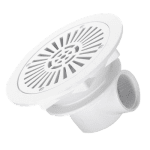






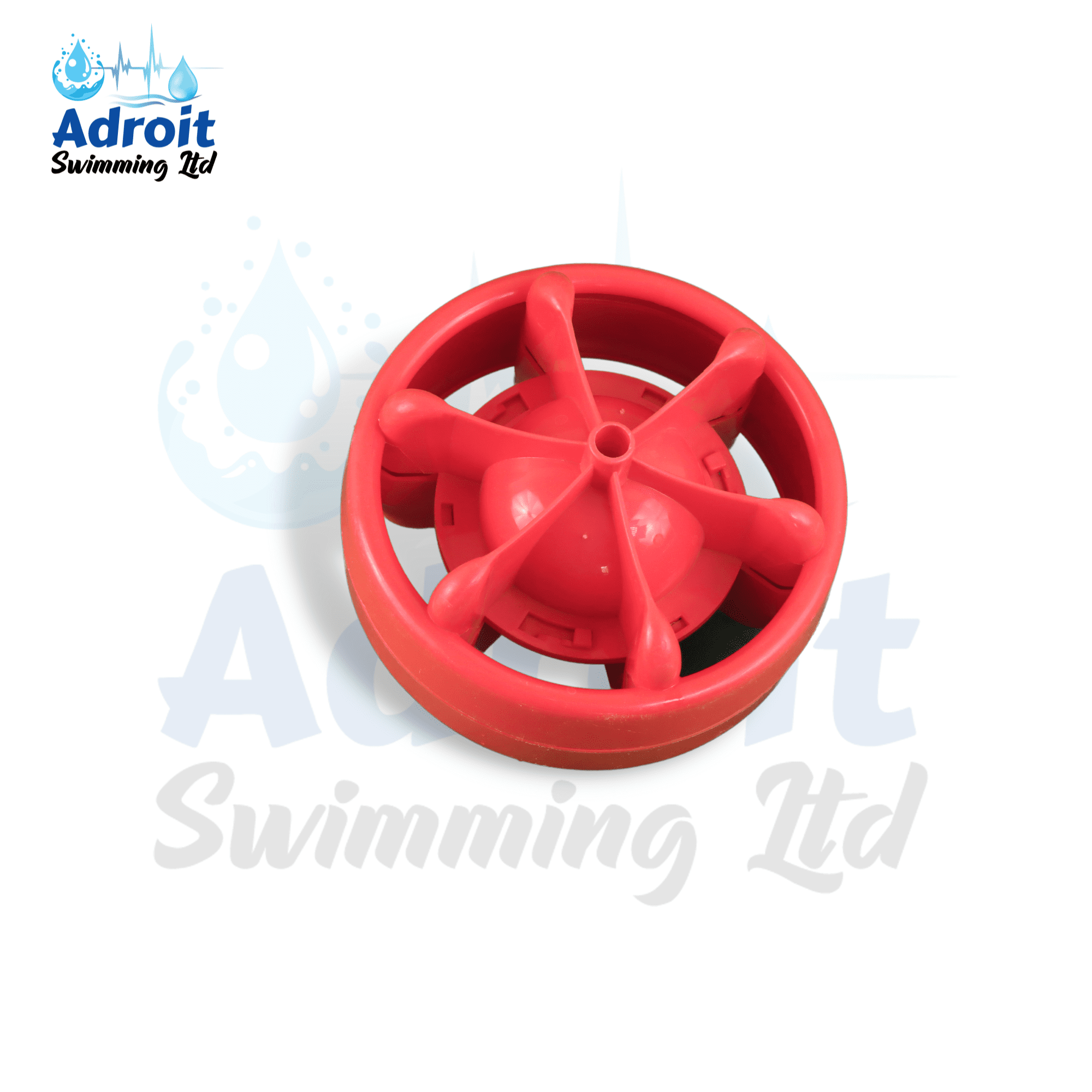
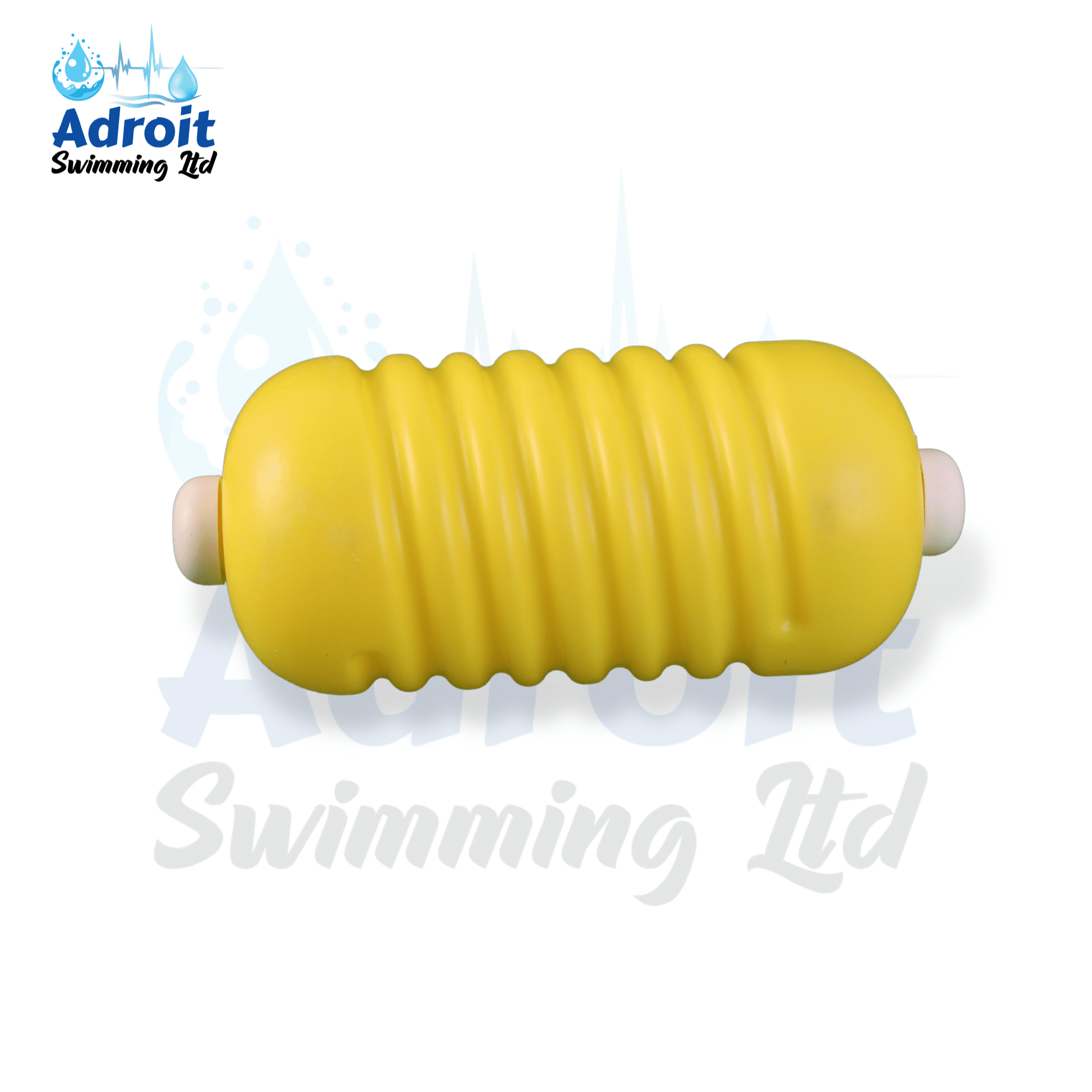
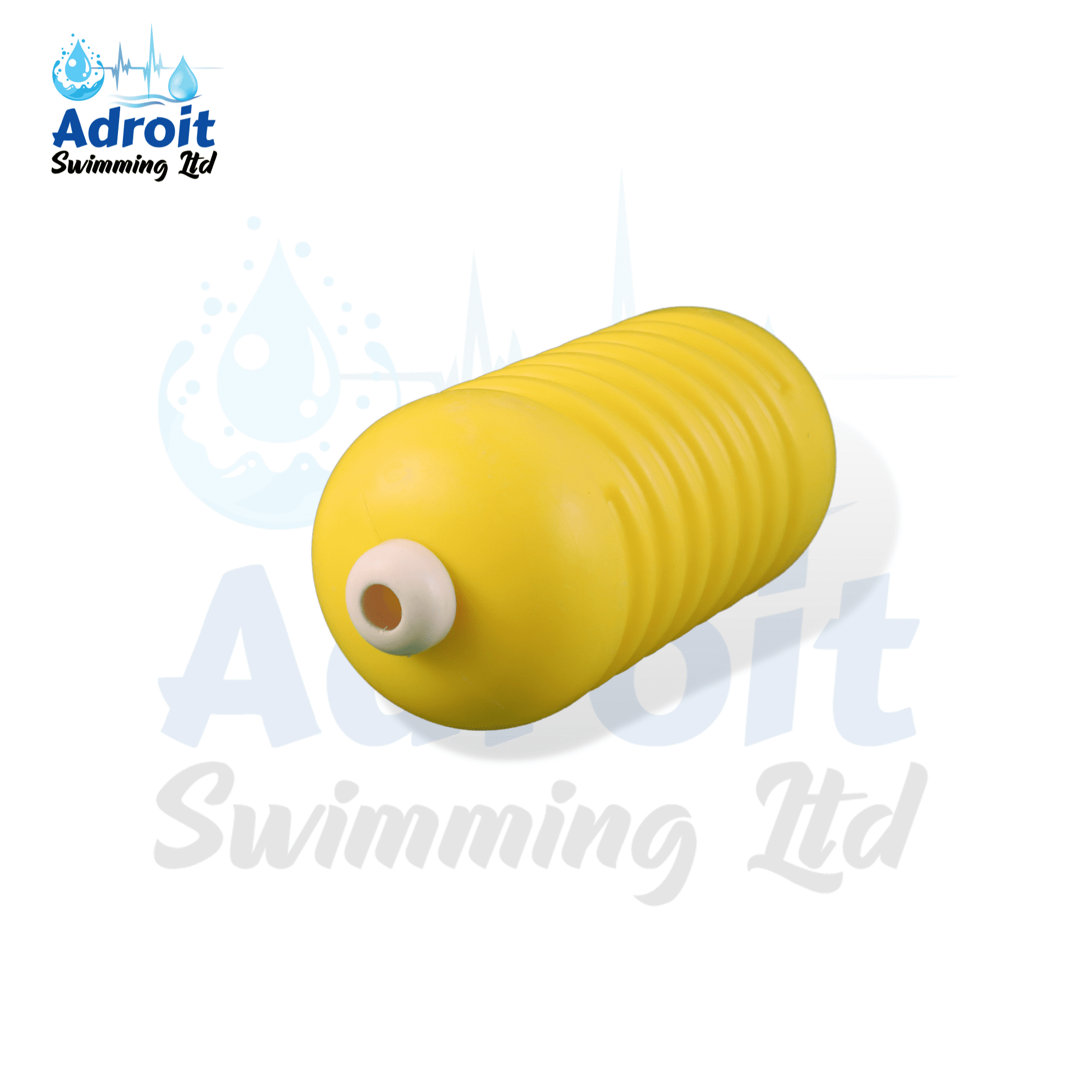
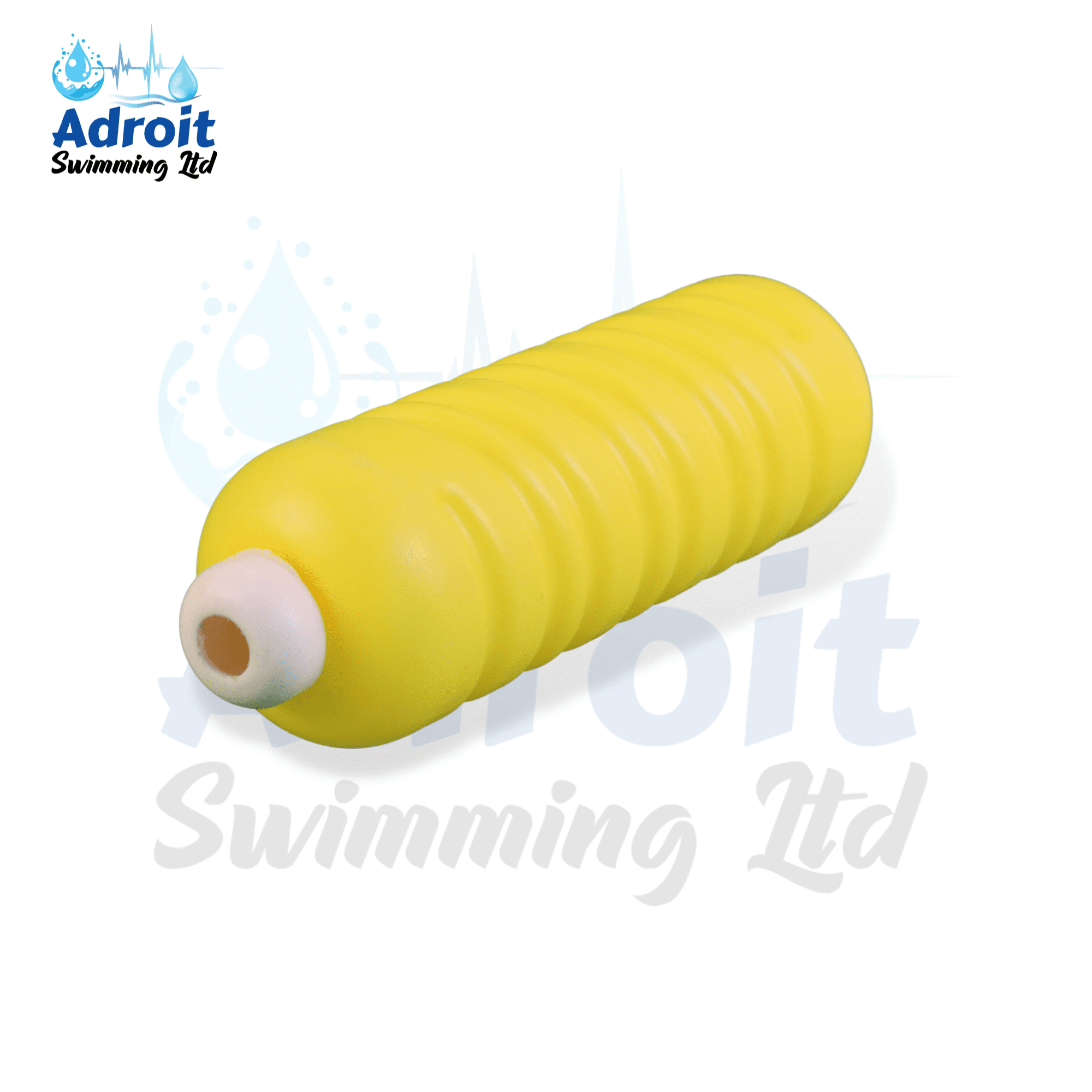
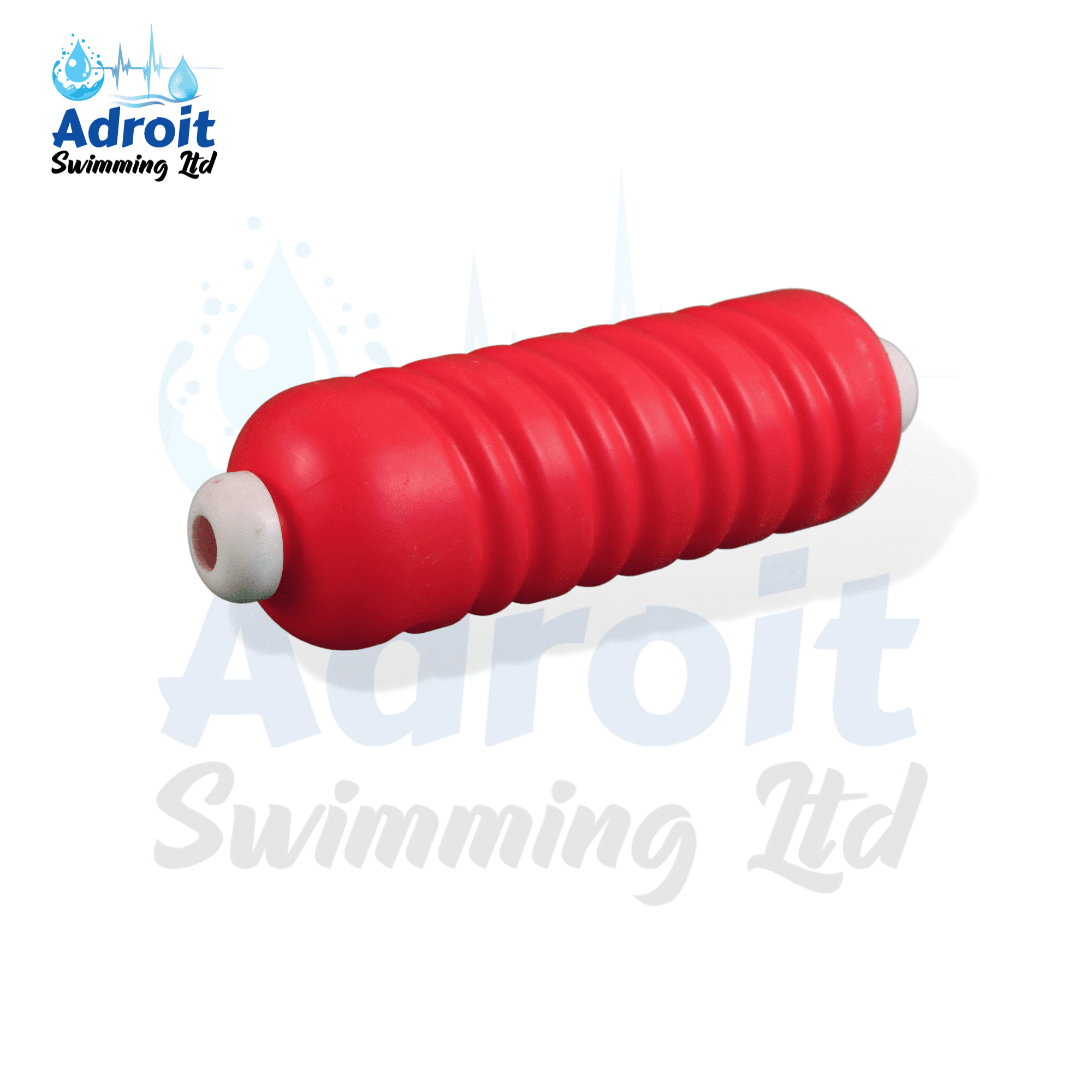




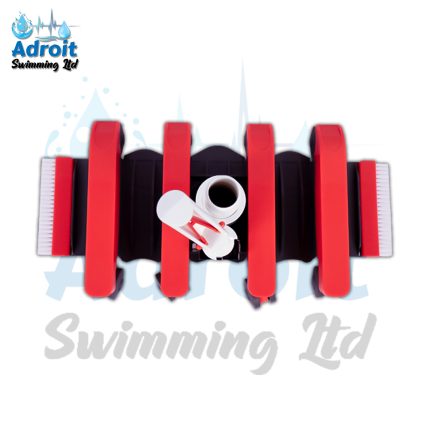
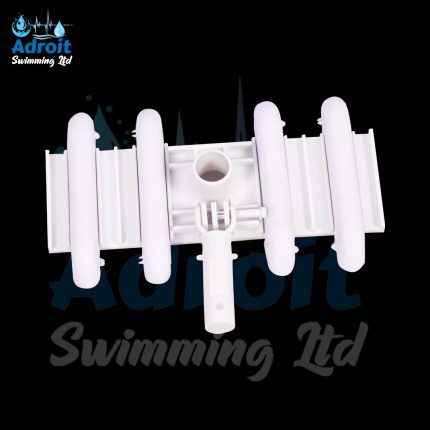
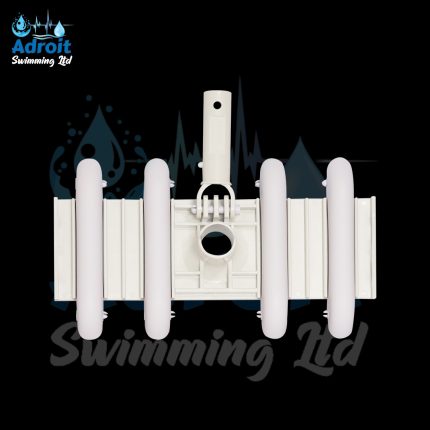
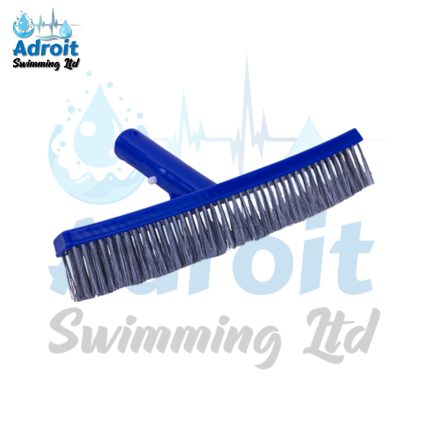

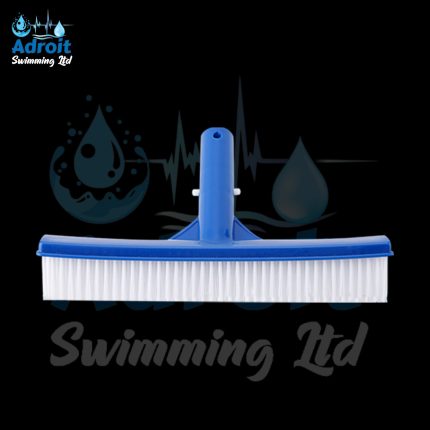
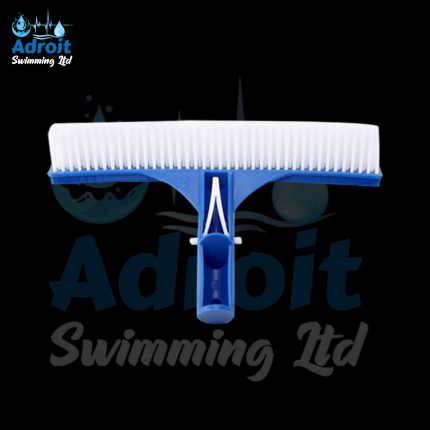
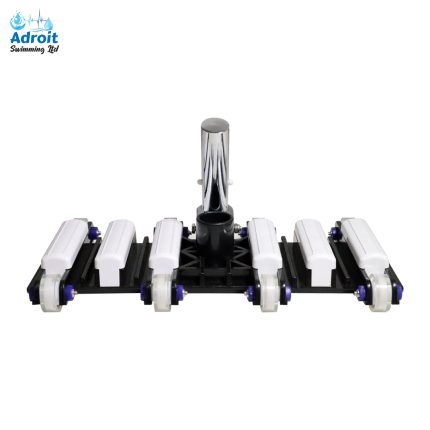

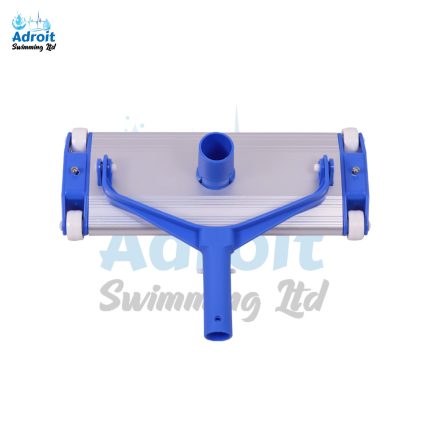
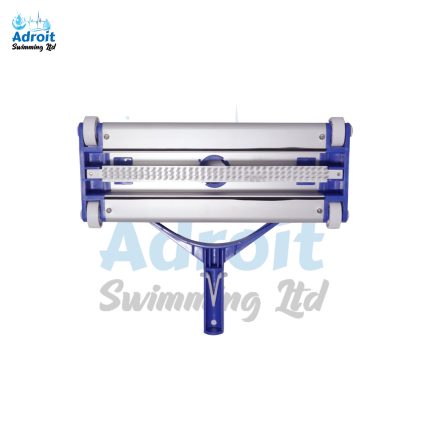



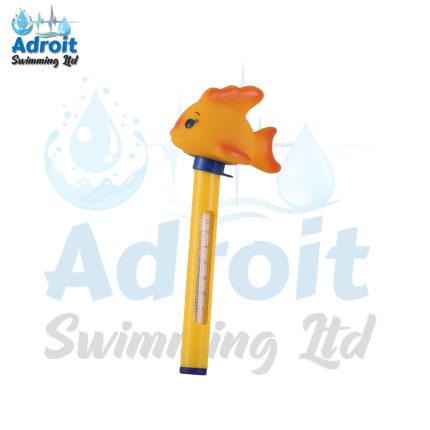
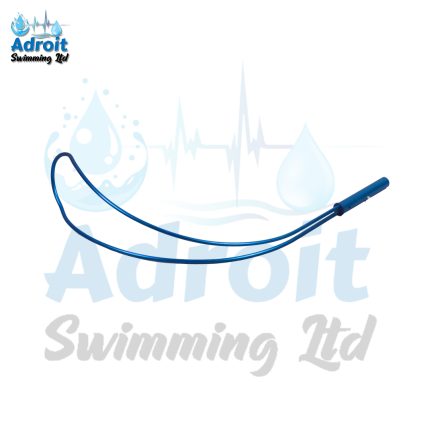

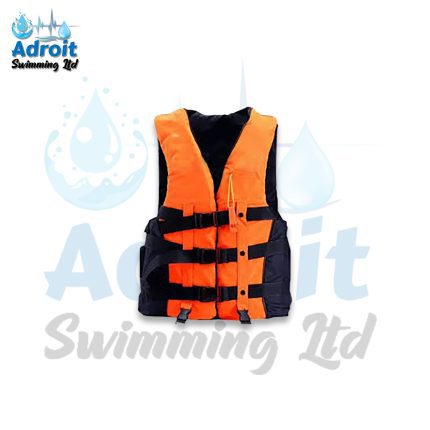
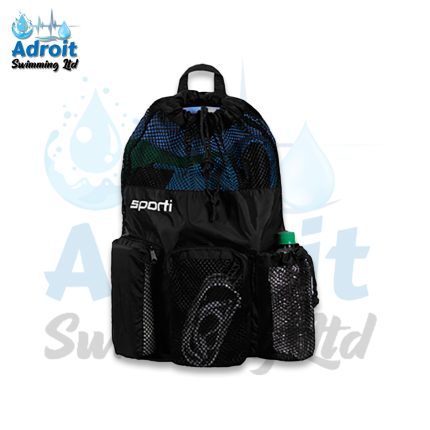
Reviews
There are no reviews yet.